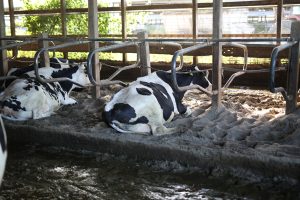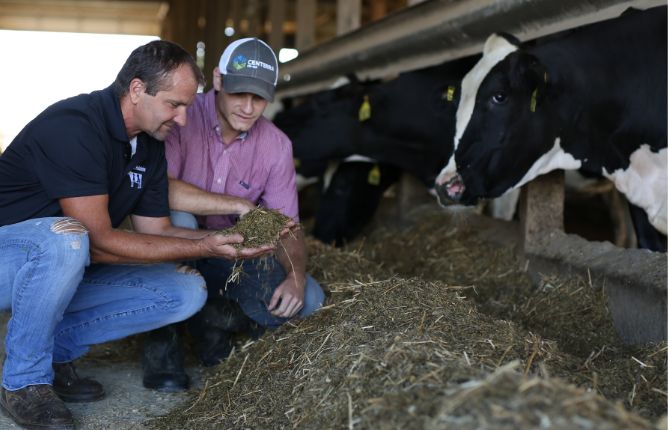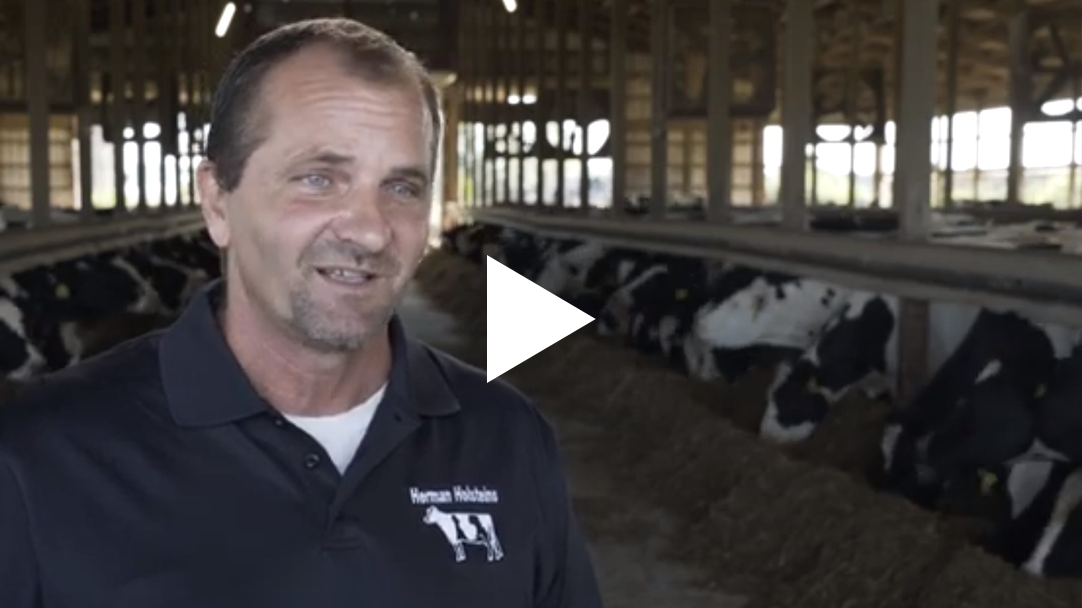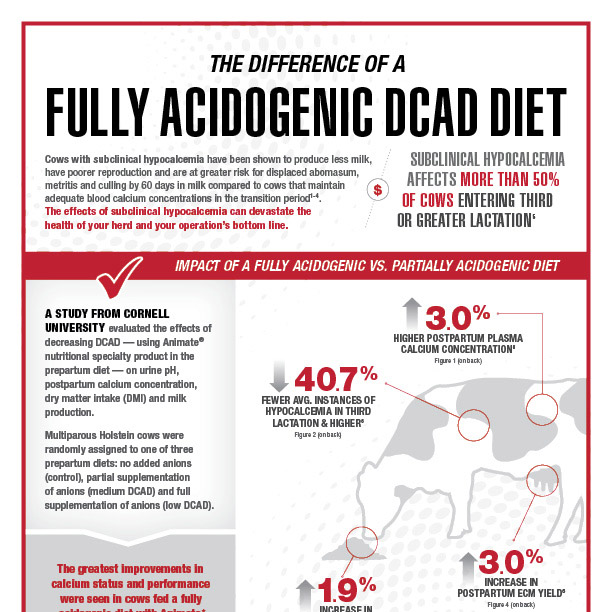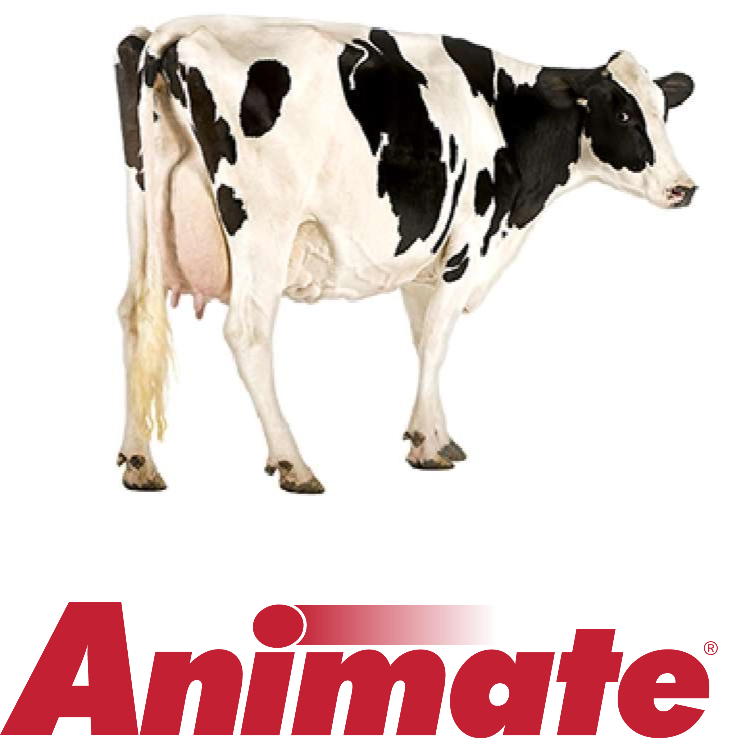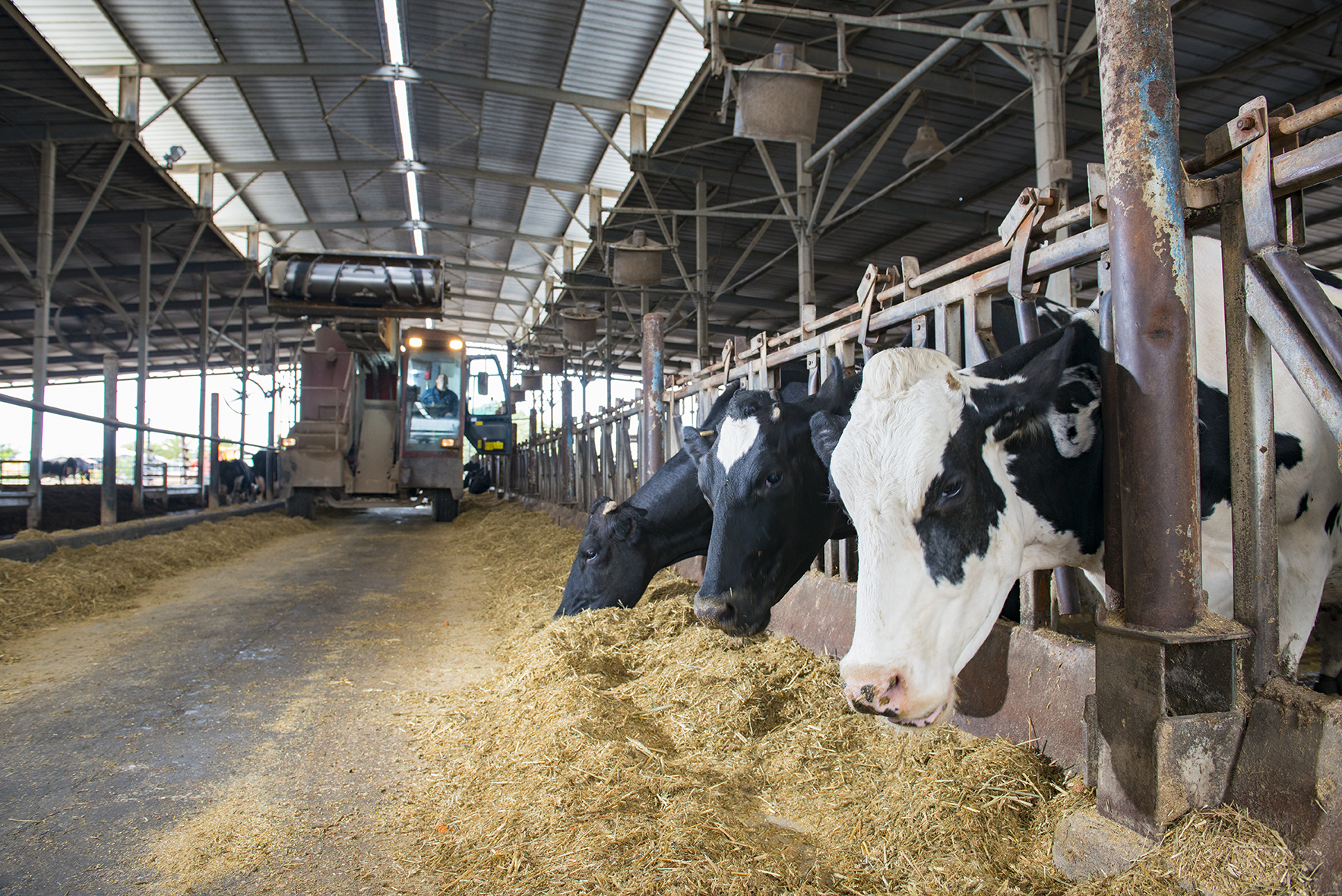
Research has demonstrated that feeding an acidogenic diet to prepartum dairy cows positively alters calcium metabolism, making it easier for the dairy cow to meet the high demand for calcium before calving and through the first few days of lactation.
There’s a choice to be made when implementing an acidogenic diet strategy: taking a partially or fully acidogenic approach. While both have been shown to have a positive impact on postpartum dry matter intake and milk yield compared to feeding a non-acidogenic diet, research and years of on-farm experience have shown that feeding a fully acidogenic diet is the best way to optimize calcium metabolism and enhance the opportunity for a successful transition.
Comparing Diets
Feeding an acidogenic diet using supplemental sources of chloride and sulfur to reduce the dietary cation-anion difference (DCAD) of the diet improves calcium metabolism of the cow by the actions of a lowered blood and urine pH.
- A fully acidogenic diet maintains urine pH from 5.5 and 6.0 and typically requires the DCAD to be formulated to -10 to -15 milliequivalent (mEq) per 100 grams of dry matter. This approach significantly reduces the prevalence of subclinical hypocalcemia by improving the response to parathyroid hormone (PTH) and increasing calcium flux due to the considerable reduction in urine pH.1 A fully acidogenic program is the best way to help improve cow health and performance.
- A partially acidogenic diet maintains urine pH from 6.0 and 7.0 and typically requires the DCAD to be formulated to 0 to -10 mEq per 100 grams of dry matter. This approach has proven to be effective at reducing clinical hypocalcemia but may not have the same impact on subclinical hypocalcemia and cow health and performance. Although the response to PTH is likely improved, calcium flux is not greatly increased due to the slight reduction in urine pH.
More Consistency
“Our studies have demonstrated that feeding a fully acidogenic diet resulting in urine pH from 5.5 to 6.0 is the most beneficial for maintaining blood calcium status following calving,” says Dr. Ken Zanzalari, Product Director, Phibro Animal Health Corporation. “More importantly, feeding a fully acidogenic diet results in fewer fresh cow health events and greater milk yields. In comparison, results from feeding a partially acidogenic are less consistent and beneficial to the cow.”
The benefits of feeding a fully acidogenic program are attributed to the degree of compensated metabolic acidosis and the consistency of acidification of the cow. A fully acidogenic diet places the cow in a moderate level of compensated metabolic acidosis and challenges the calcium homeostatic mechanisms that the cow relies upon to make a successful transition. It also places the cow in a consistent state of compensated metabolic acidosis.
“Consistency is the key to dairy cattle diet management,” says Dr. Zanzalari. “Cows fed a fully acidogenic diet have very consistent urine pH values, which is indicative of consistent dry matter intakes and therefore, a consistent degree of compensated metabolic acidosis. In the case of feeding partially acidogenic diets, there’s considerable variation
among cows.”
Lessons Learned
Some in the industry say there is no additional benefit to feeding a fully acidogenic diet and that there is a potential for over-acidification of the cow.
“I used to be one of those people,” says Dr. Scott Bascom, Executive Technical Service Manager at Phibro Animal Health Corporation. “When I was a dairy nutritionist, I would balance DCAD levels to be about zero in the diet, first by lowering potassium, and then by bringing in sources of anions if I needed to. My goal was to prevent clinical hypocalcemia. But I overlooked the impact of subclinical hypocalcemia, which is more costly to most dairies than clinical hypocalcemia.”
Dr. Kristen Glosson, Senior Technical Service Manager with Phibro Animal Health Corporation, who was involved in University of Illinois research while working on her Ph.D., adds, “What we found at Illinois during our research was that 100% of our cows were considered subclinical hypocalcemic, and we had a variety of health issues because of that. When we started implementing a negative DCAD diet, specifically a fully acidogenic, high dietary calcium program, we were able to reduce subclinical cases to 20% and we almost eliminated fresh cow problems.”2
Partial Acidification Equals Partial Results
Ashley Alexander, Senior Account Manager at Phibro Animal Health Corporation, believes that nutritionists who feed partially acidogenic diets fail to achieve all the benefits possible with fully acidogenic diets.
“They’re taking their programs only halfway,” she says. “A lot of times, they’re doing it to not see clinical cases, milk fever cases, a down cow, whatever it may be. But they’re missing the opportunity on those subclinical cases. The cow appears normal, but she’s not achieving her full potential, and you would never know it by just looking at her. In my experience with moving partially acidified herds to fully acidified, they see an increase in performance and health.”
Better Understanding
In the last decade, as feeding fully acidogenic diets has become the standard for high-performing dairy herds, research is helping nutritionists better understand its advantages.
“There’s been a lot of research on the impact of calcium levels post-calving, especially around how that impacts the cow’s immediate health and success throughout lactation,” says Seth Johnson, Senior Account Manager, Phibro Animal Health Corporation. “We have a much better understanding of the ideal calcium status. We understand how a fully acidogenic diet allows the cow to utilize bone and dietary calcium to improve her calcium status after calving. We understand where blood calcium concentrations need to be to have the best shot at starting a successful lactation.”
To learn how Animate® nutritional specialty product can support a proper DCAD diet, contact your local Phibro Dairy Advisor
1 Leno et al. 2017. J. Dairy Sci. 100:4604.
2 Glosson et al., 2022. J. Dairy Sci. 105:1199-1210.
AN065423GLB ©2023 Phibro Animal Health Corporation. Phibro, Phibro logo design, Healthy Animals. Healthy Food. Healthy World. and Animate are trademarks owned by or licensed to Phibro Animal Health Corporation or its affiliates.
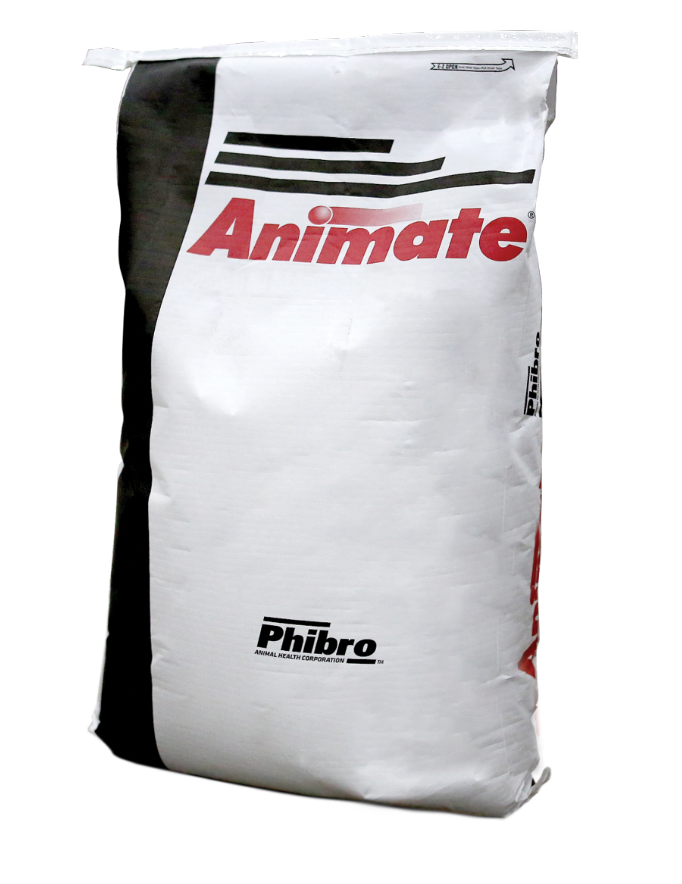
Start with the Right Anion Source
Animate® nutritional specialty product is a unique and patented anionic mineral that has been shown to help keep transition cows healthy and productive.
Learn about Animate






